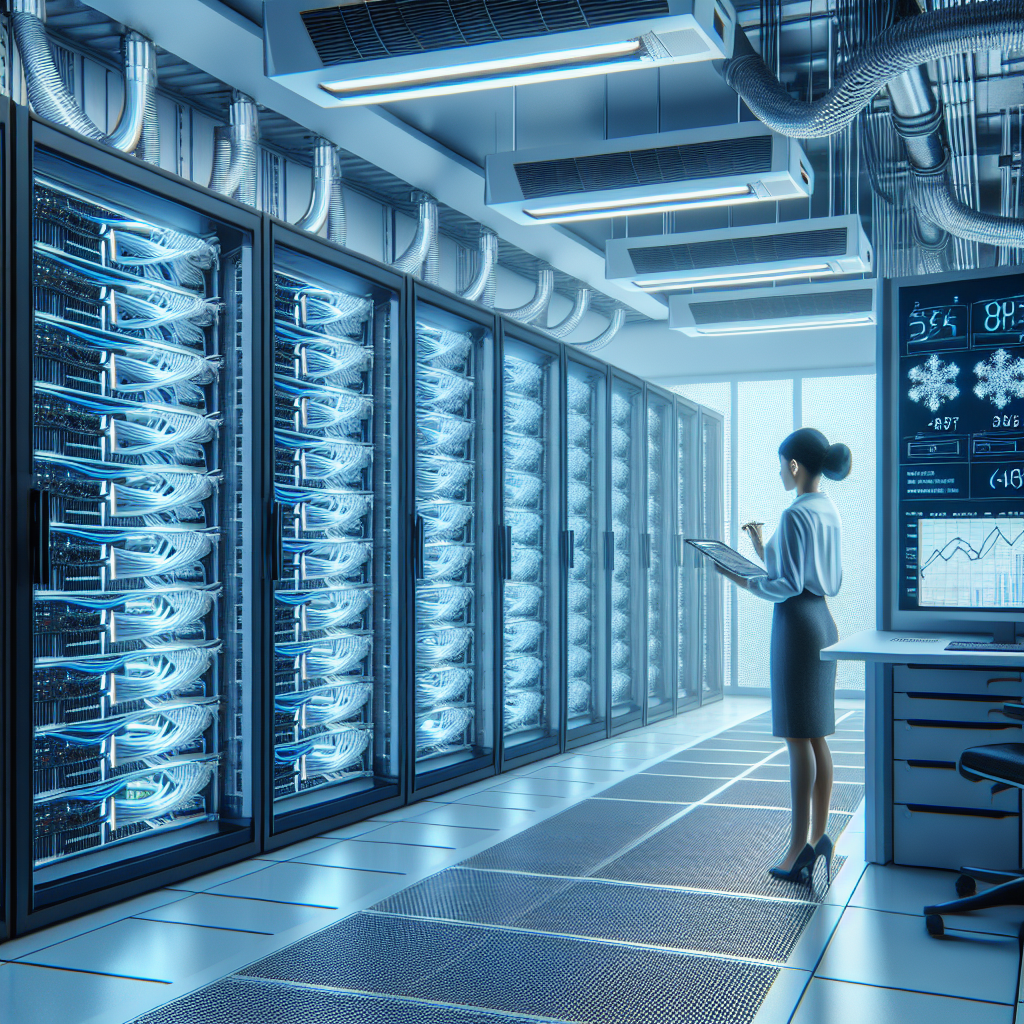Data centers are critical components of modern businesses, housing the servers and networking equipment that support essential operations. Maintaining optimal cooling within these facilities is crucial to ensure that equipment operates efficiently and reliably. Without proper cooling, servers and other hardware can overheat, leading to downtime and potential data loss. To help prevent these issues, here are some best practices for maintaining optimal data center cooling.
1. Use a Hot Aisle/Cold Aisle Layout: One of the most effective ways to maintain optimal cooling in a data center is to use a hot aisle/cold aisle layout. In this configuration, server racks are arranged so that the fronts of the servers face each other in cold aisles, while the backs face each other in hot aisles. This helps to prevent hot air from servers mixing with cool air, improving overall airflow and cooling efficiency.
2. Implement Containment Solutions: Containment solutions, such as hot or cold aisle containment systems, can further improve the efficiency of airflow within a data center. By containing hot air within the hot aisles and directing cool air to the cold aisles, these systems help to reduce the mixing of hot and cold air, improving cooling efficiency and reducing energy consumption.
3. Regularly Clean and Maintain Cooling Systems: Dust and debris can accumulate on cooling systems, reducing their efficiency and potentially causing equipment to overheat. Regularly cleaning and maintaining cooling systems, such as air filters and cooling coils, can help to ensure that they operate at peak efficiency and provide optimal cooling to data center equipment.
4. Monitor Temperature and Humidity Levels: Monitoring temperature and humidity levels within a data center is essential for maintaining optimal cooling. By regularly monitoring these metrics, data center operators can identify potential issues before they become critical, allowing them to take corrective action and prevent equipment from overheating.
5. Use Energy-Efficient Cooling Technologies: Investing in energy-efficient cooling technologies, such as free cooling systems or liquid cooling solutions, can help to reduce energy consumption and operating costs while maintaining optimal cooling within a data center. These technologies can also help to reduce the environmental impact of cooling operations, making them a sustainable choice for data center operators.
By following these best practices for maintaining optimal data center cooling, businesses can ensure that their critical IT infrastructure operates efficiently and reliably. Proper cooling not only helps to prevent downtime and data loss but also extends the lifespan of equipment, reducing maintenance costs and improving overall operational efficiency.


Leave a Reply